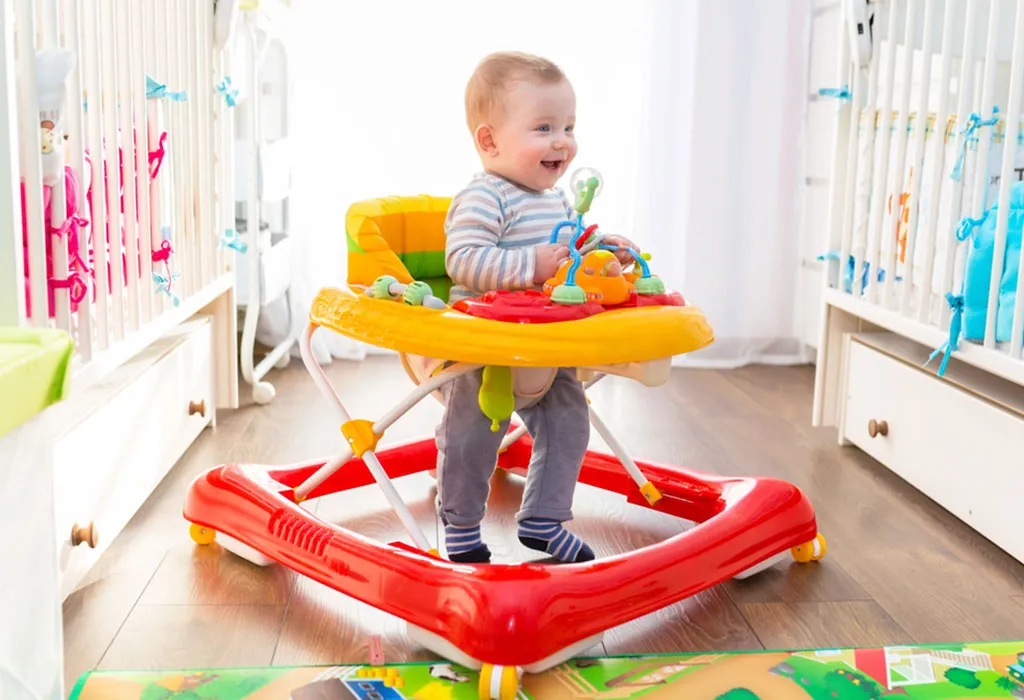
Baby Walkers: A Comprehensive Guide to Age-Appropriate Use
Introduction
Baby walkers are a popular tool for parents to help their little ones develop motor skills and explore their surroundings. However, it’s crucial to understand the appropriate age range for using baby walkers to ensure the safety and well-being of your child. This article will delve into the recommended baby walker age, potential benefits and risks, and essential safety guidelines to consider.
Recommended Baby Walker Age
The American Academy of Pediatrics (AAP) recommends that parents avoid using baby walkers for children under 6 months of age. This is because babies’ necks and core muscles are not yet strong enough to support their weight and maintain an upright position. Using a baby walker prematurely can lead to developmental delays and potential injuries.
Benefits of Baby Walkers
When used appropriately, baby walkers can offer several benefits for infants:
- Motor Skill Development: Baby walkers provide a safe and supportive environment for babies to practice walking and improve their coordination.
- Exploration and Curiosity: Walkers allow babies to explore their surroundings and satisfy their natural curiosity.
- Entertainment: Many baby walkers come with interactive features and toys that can keep babies entertained and engaged.
Risks Associated with Baby Walkers
While baby walkers can be beneficial, it’s important to be aware of the potential risks:
- Falls and Injuries: Babies can fall out of walkers or tip them over, leading to head injuries, fractures, or other serious injuries.
- Developmental Delays: Prolonged use of baby walkers can delay babies’ natural development of crawling and walking.
- Muscle Weakness: Baby walkers can support babies’ weight, which can weaken their leg muscles and delay their ability to walk independently.
Safety Guidelines for Baby Walker Use
To minimize the risks associated with baby walkers, follow these essential safety guidelines:
- Supervise Your Child: Never leave your baby unattended in a baby walker.
- Use on a Stable Surface: Ensure the baby walker is used on a flat, stable surface to prevent falls.
- Limit Use Time: Limit baby walker use to short periods (15-20 minutes) to avoid muscle weakness and developmental delays.
- Choose a Safe Walker: Select a baby walker that meets safety standards and has a wide base for stability.
- Check for Hazards: Remove any potential hazards from the baby walker’s path, such as stairs, cords, or furniture.
- Encourage Crawling: Encourage your baby to crawl before using a baby walker to promote natural motor development.
Alternatives to Baby Walkers
If you’re concerned about the risks associated with baby walkers, consider these alternative ways to support your baby’s development:
- Tummy Time: Supervised tummy time helps strengthen babies’ neck and core muscles.
- Crawling: Encourage crawling to develop coordination and motor skills.
- Activity Centers: Activity centers provide a safe and stimulating environment for babies to explore and play.
- Push Toys: Push toys help babies practice walking while developing balance and coordination.
Conclusion
Baby walkers can be a useful tool for supporting babies’ development, but it’s crucial to use them appropriately and safely. By following the recommended baby walker age, adhering to safety guidelines, and considering alternatives, you can help your little one reach their developmental milestones while minimizing potential risks. Remember, the best approach is to consult with your pediatrician to determine the most suitable options for your child’s individual needs.
